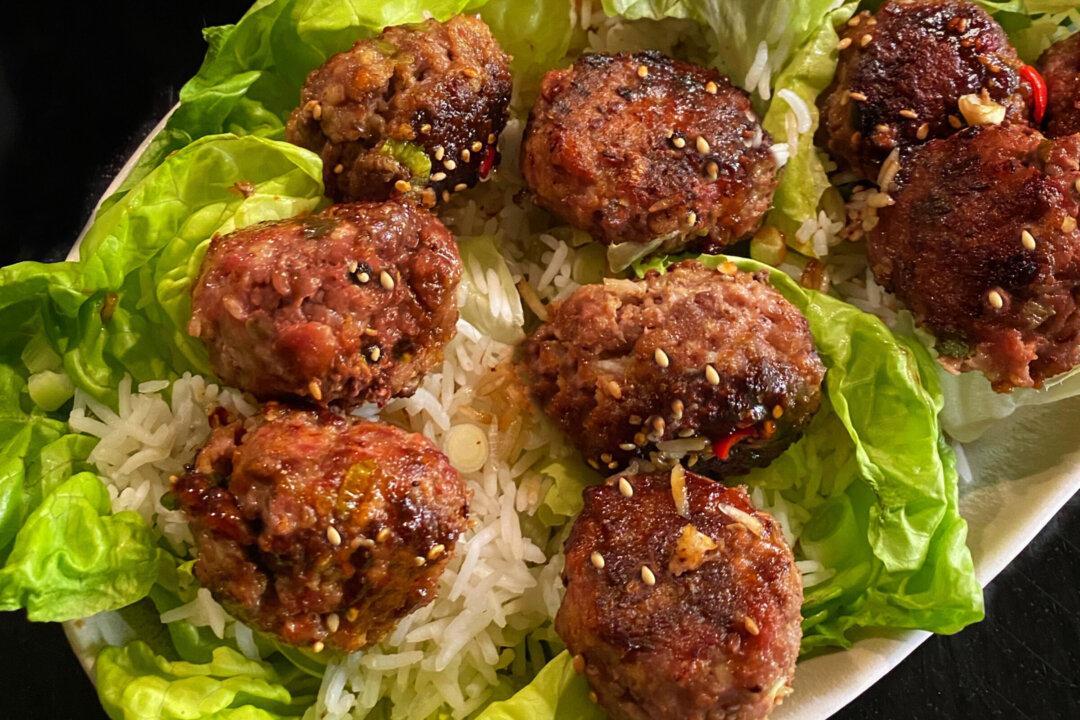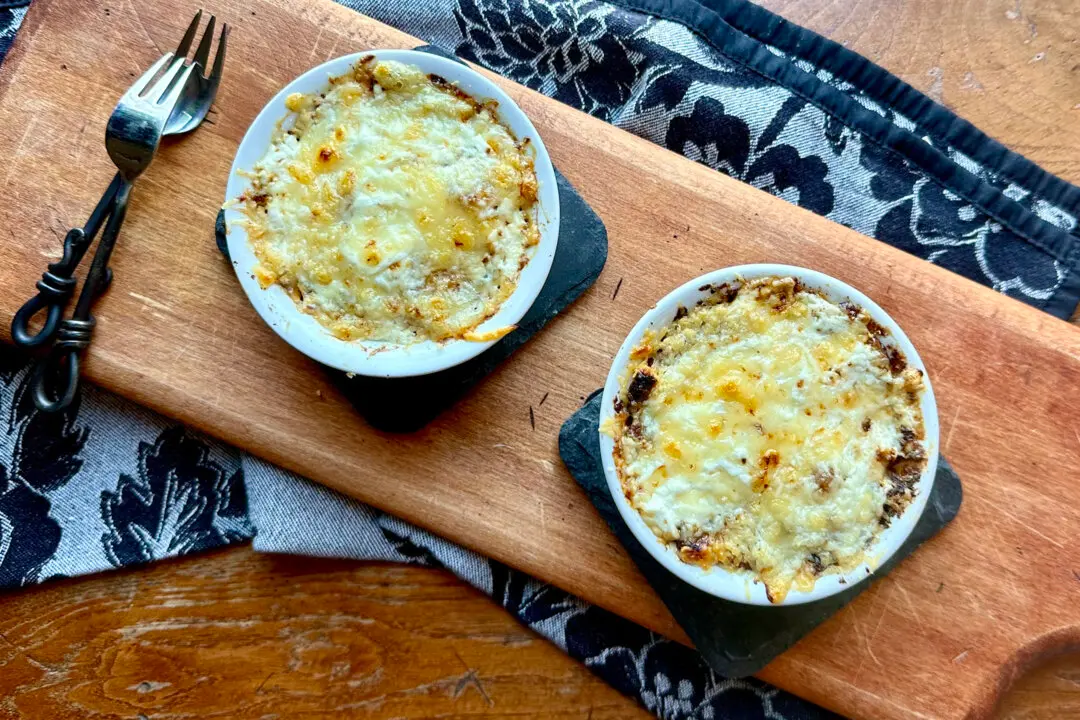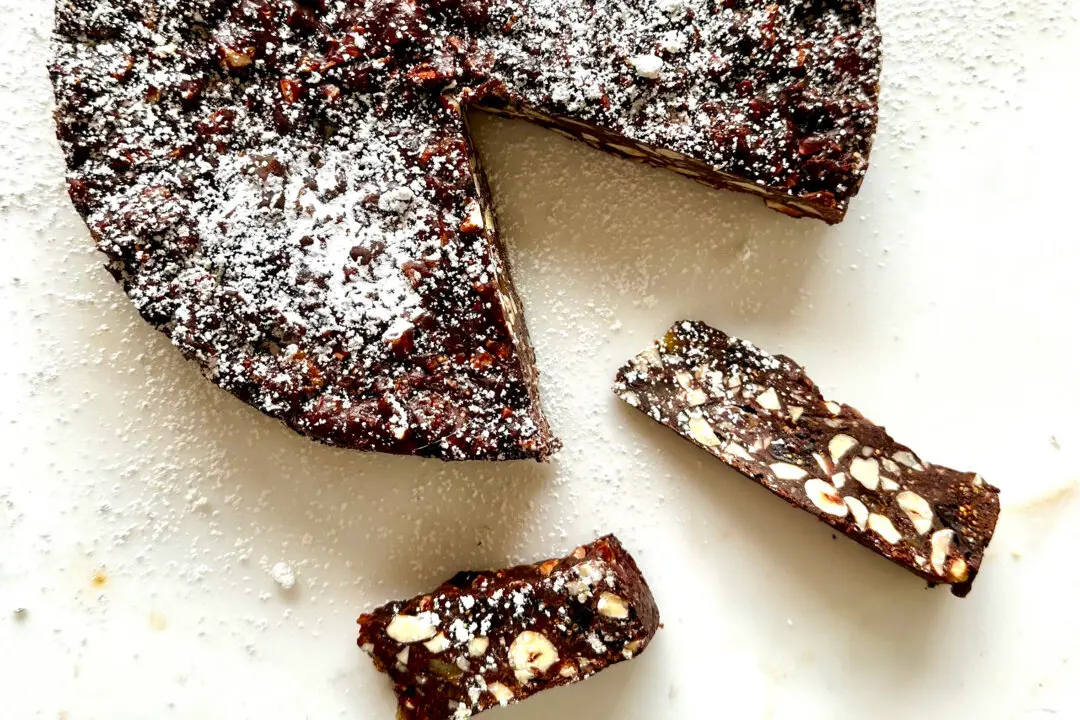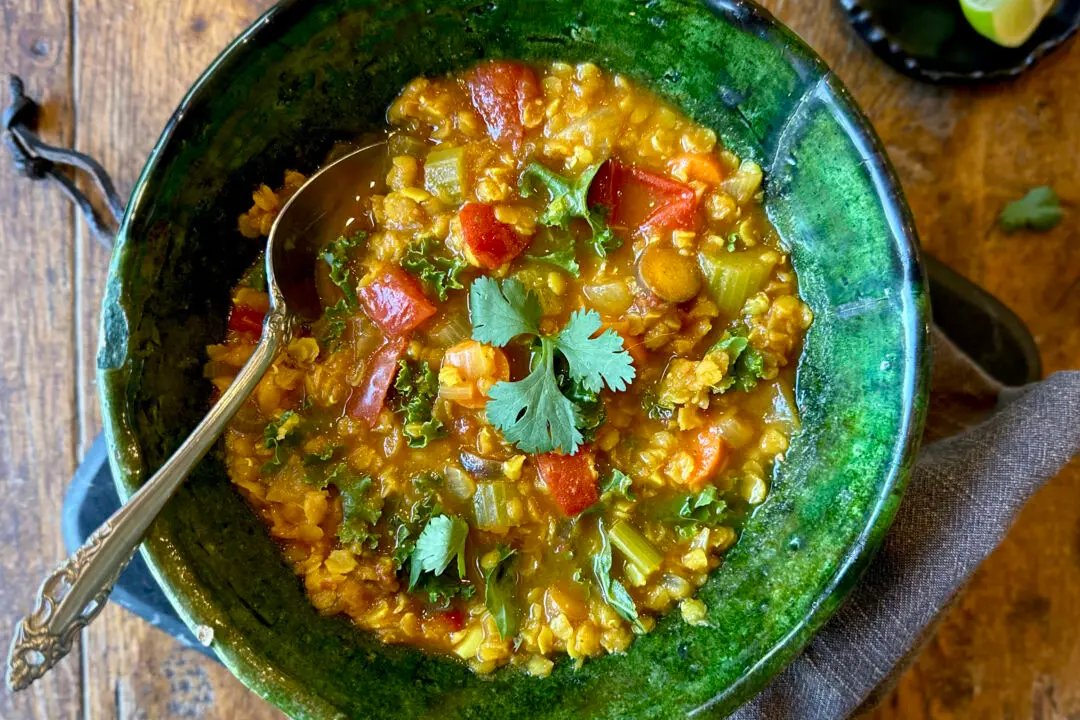Years ago, we moved from our home in Switzerland to England. Among the mixed emotions, one standout was a relief to live again in an English-language culture.
While I can write at length about our bumbling and surprisingly foreign experience settling into UK life, I will stay on the topic of language. After all, it was one of the perks of this international move, and the excuse we used to propel ourselves to a remote corner of southeast England in our well-intentioned quest to blend in. After all, we were fluent in the local language—we only missed a sturdy pair of wellies.





